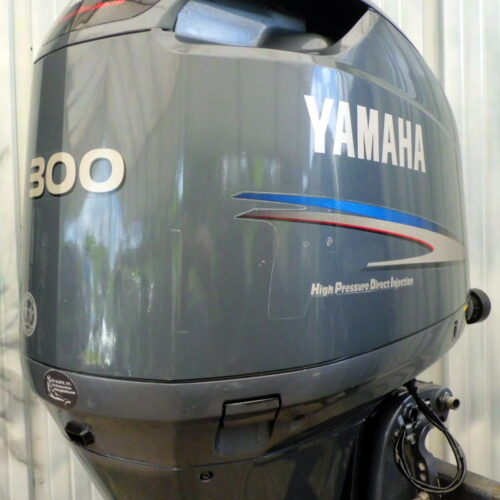Description
Yamaha v6 engine
Our team of experts is dedicated to providing exceptional customer service and support for your Yamaha v6 engine. We can help you choose the right Yamaha outboard motor for your boat and provide you with advice on maintenance and repairs. We also offer warranty options on our used motors to give you peace of mind.
Yamaha outboard has a range of horsepower: 300HP, 250HP or 225HP. YAMAHA 300HP V6 EFI four Stroke outboard motor YAMAHA 300HP V6 Stroke outboard, Yamaha 300 HP V6 Stroke Outboard. The Yamaha 300hp outboard motor doesn’t have a specific number of hours allocated to its lifespan.
the Yamaha 300hp outboard motor comes with a range of features, including power trim and tilt, remote mechanical steering, and electric start as for the propeller, Yamaha offers a Saltwater Series II HP Propeller designed specifically for their 300hp outboard motor. This propeller can boost top-end speed by nearly 2 mph in lighter-weight applications
Yamaha outboard motor 300 horsepower engine 4 stroke.
Yamaha v6 engine
Yamaha Outboard Motor for sale at our online store, we offer a wide range of used Yamaha outboard motors for sale.
Why Choose Yamaha v6 engine?
outboard is known for their durability, fuel efficiency, and advanced technology. Buying a used Yamaha outboard motor can be a cost-effective option for boat owners who are looking for quality engines at an affordable price.
Our Selection of Used Motors
We have a variety of used outboard motors available in different horsepower ratings and shaft lengths. Our inventory includes 2-stroke and 4-stroke motors with various features such as electric start, power tilt and trim, and remote control.
Expert Service and Support for your Yamaha v6 engine
Our team of experts is dedicated to providing exceptional customer service and support. We can help you choose the right outboard motor for your boat and provide you with advice on maintenance and repairs. We also offer warranty options on our used motors to give you peace of mind.
Explore our selection of used outboard today and find the perfect engine for your boat!
2018 F225 outboard motor for sale
2019 Yamaha 350 HP F350UCC Outboard Motor for sale/2021 Yamaha 150 HP Outboard Motors
Yamaha v6 engine
Yamaha 300 HP V6 Stroke Outboard

Advantages and disadvantage
Large ships, boats and yachts will inevitably have inboard engines. Medium size vessels may have either inboards or outboards, and small vessels rarely have inboard motors.
- Inboard engines are almost invariable diesel, allowing ruggedness, reliability and fuel economy. The very few outboards that are diesels tend to be large heavy items, suitable for workboats and very large RIBs.
- Outboards may be easily removed from the vessel for safe-keeping and servicing. They are also vulnerable to theft (a risk rarely suffered by inboard engines).
- Outboards are cheaper and lighter than inboards. Cruising catamarans up to around 10 meters LOA frequently have a petrol longs haft engine with a propeller that is larger and slower turning than other types.
- Catamarans that have an engine for each hull (to aid maneuverability) tend to have twin inboards, as twin outboards might interfere with rudder arrangements.
Yamaha v6 engine


























Reviews
There are no reviews yet